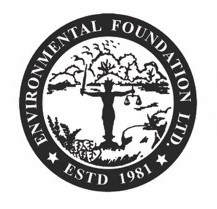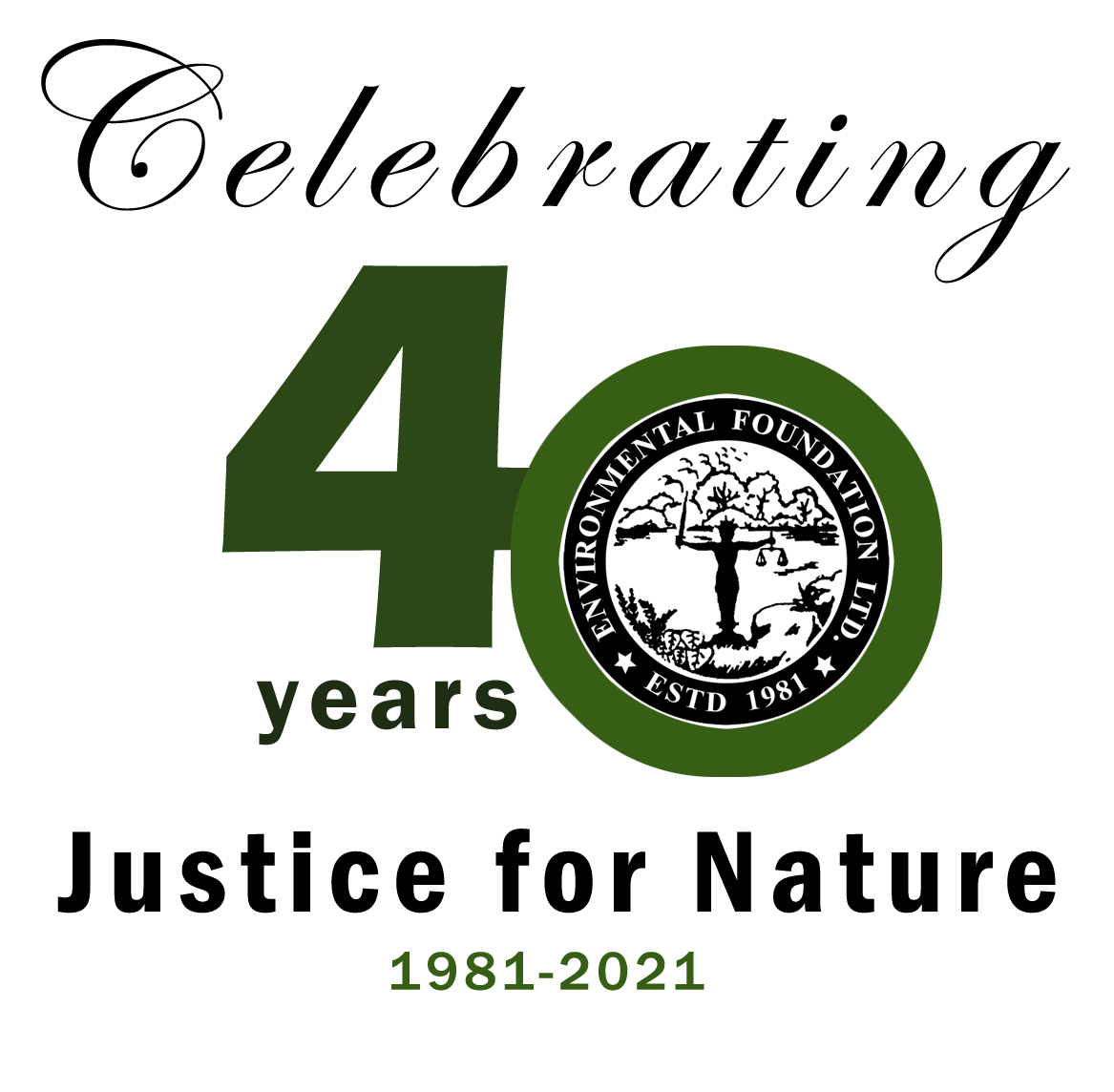Category:Interventions, Waste

Open dumping of garbage is one of the most common methods used for disposing waste in developing countries. Understanding the value of waste as a resource have led many countries to develop their own waste management strategies based on the local context, including the availability of land, technology affordability, nature of the waste generation etc. Waste reduction, recycling, recovery of energy, incineration and sanitary landfilling are some of the more safe and effective measures of addressing waste management in a socially responsible and environmentally friendly way.
The garbage dump at Kotikawatte, the dumping yard for Mulleriyawa-Kotikawatte domestic and commercial waste, is an open dump located in a wetland and a highly residential area. Followed by the site visit and collecting related information from key informants, it was concluded that this dumping site of waste is ecologically detrimental and highly unhygienic to the local community. Social lives of more than 500 people are completely neglected and disrupted and put into jeopardy due to extremely unhygienic conditions in the surroundings.
According to the residents in the area, most families have been residing in the land for over 20-30 years, long before the dump yard started. Currently, there are close to 100 families residing in the land contiguous to the dump yard within a 50m radius. They have also experienced a massive increase in-house flies and mosquitoes overtime, resulting in unusual escalation of diseases such as dengue, diarrhoea and skin irritation apart from constant fever and coughing amongst children.
Urban wetlands are known to provide specific ecosystem services in addition to the common services provided by wetlands such as provision of habitats for wildlife, provision of food, regulation of natural cycles, etc. Amongst them, the role played as a natural sponge that traps and gradually releases waters remains the most important for urban areas. The difference in the severity of floods that residents around the present garbage dump had to experience especially in May 2016, clearly indicates that the wetland had been engaging in a vital service regulating the water flow. Presently, they are deprived of this service. An ill managed dumping site would not only limit its impacts by displacing native species but will also introduce alien invasive species, making it worse for the survival of flora and fauna in the surroundings.
Continuous inconsiderate decision making and irresponsible action such as starting to dump waste in a wetland within a highly residential area and next to a school, blocking drainage canals have given rise to another disastrous social and environmental issue as above. Therefore, the continuation of the above dumping site leads to many other social and environmental issues, depriving people of their right to a clean and healthy environment as per the constitution of Sri Lanka. During the compilation of this report, an injunction was issued by the Colombo Magistrates Court, on the 21st of April 2017, prohibiting the KMPS from continuing to use private land as a dumping site. This was in response to a submission made by the Police regarding complaints received by local residents. Therefore, the current situation is that the KMPS as well as every other local authority, are prohibited from utilising the disputed private land as a dumping site. This initiative will no doubt reduce the garbage accumulation at the dump yard, resulting in relatively manageable waste conditions.
Click on the link below to access the full site report Site visit report_Kotikawatta garbage dump_FINAL





